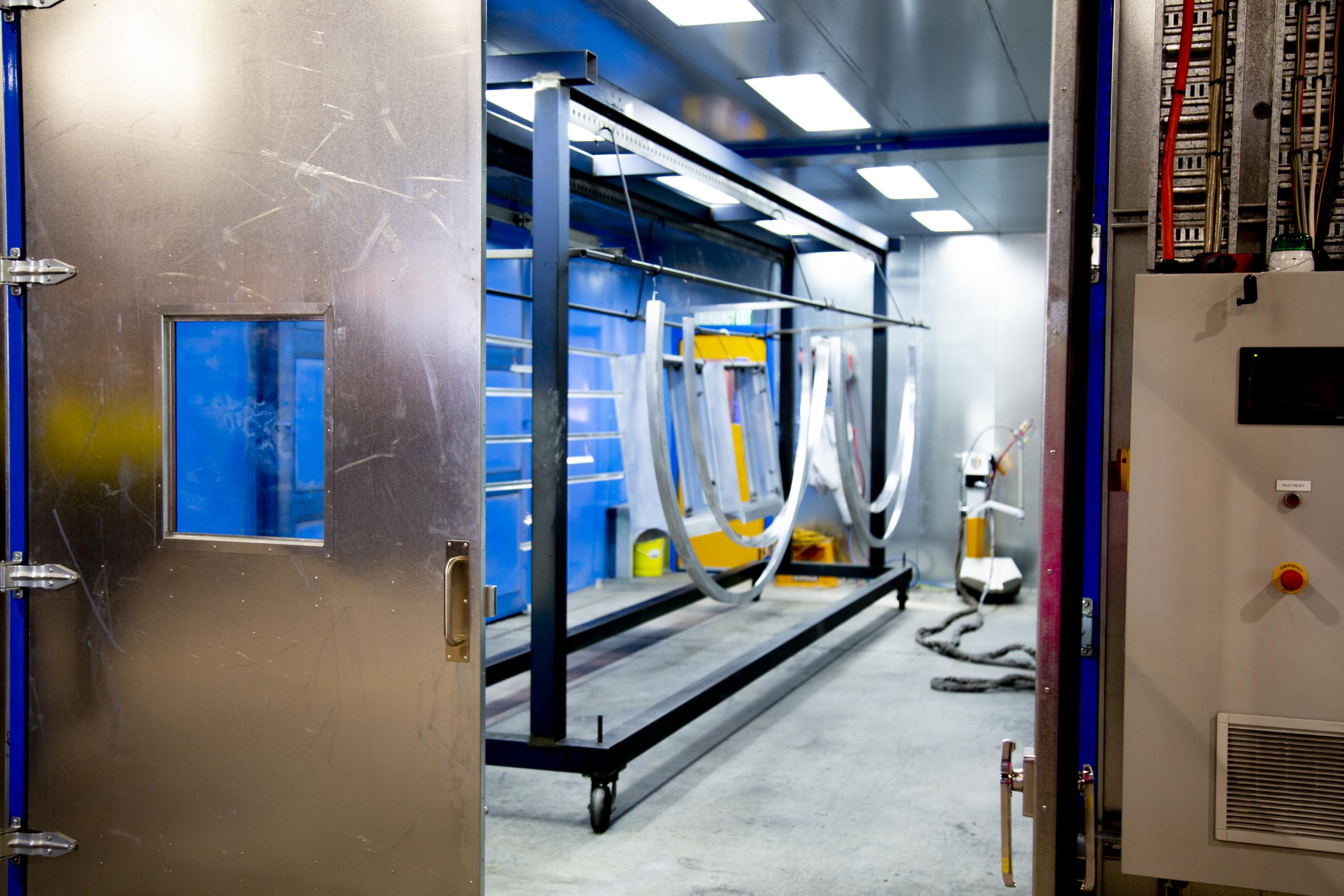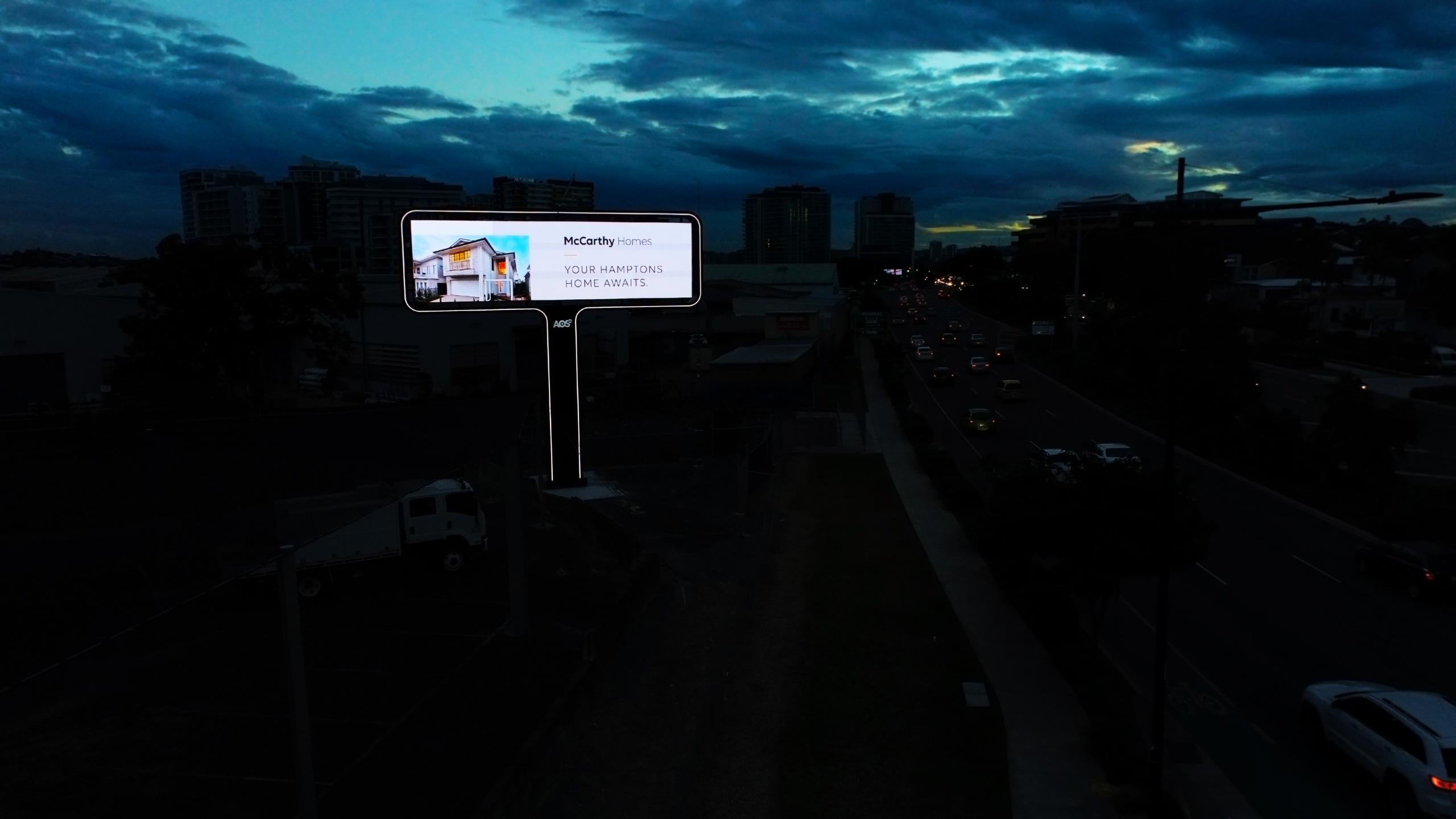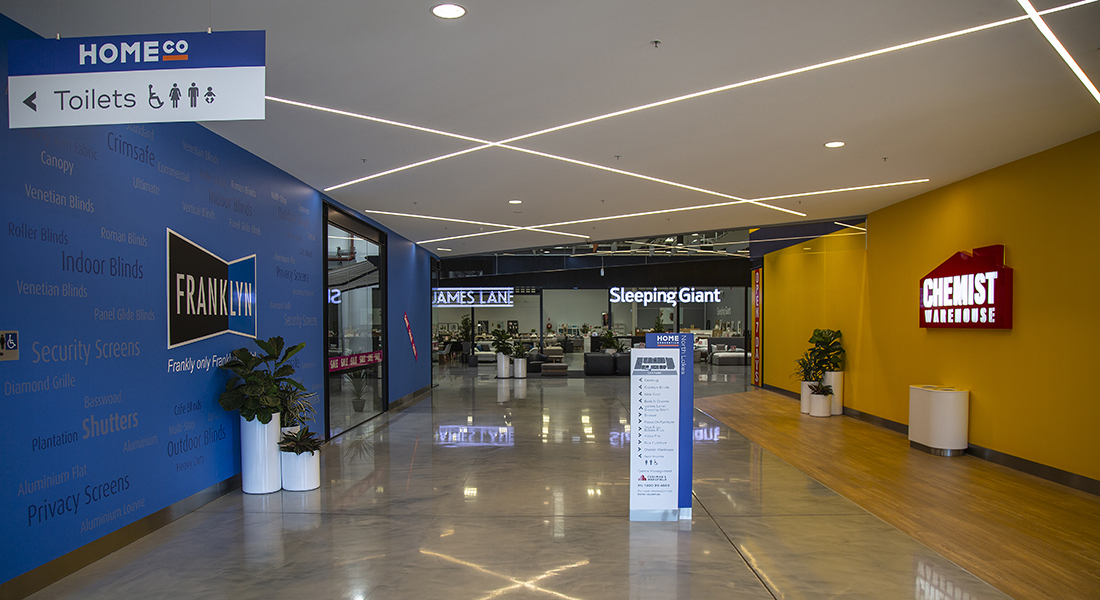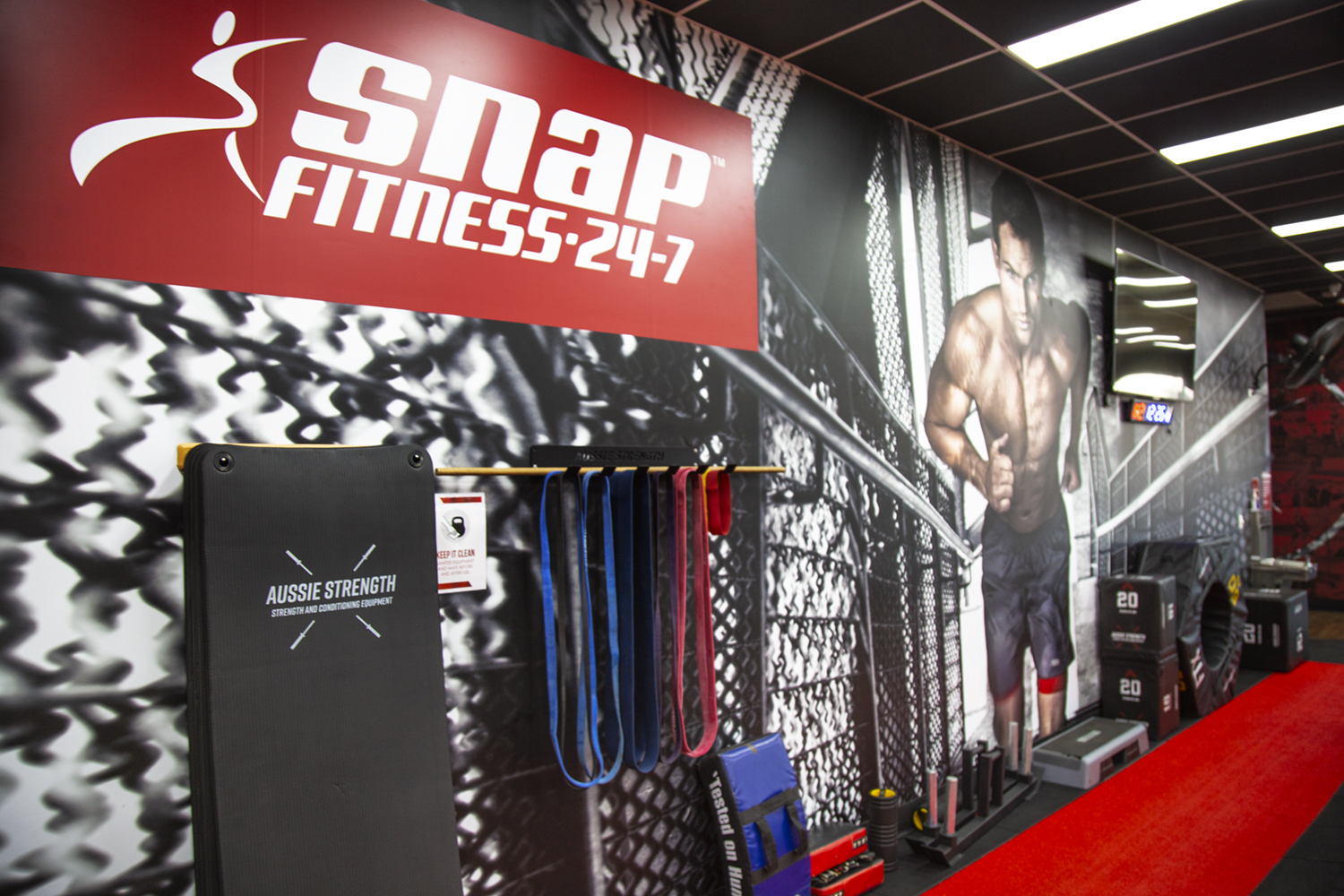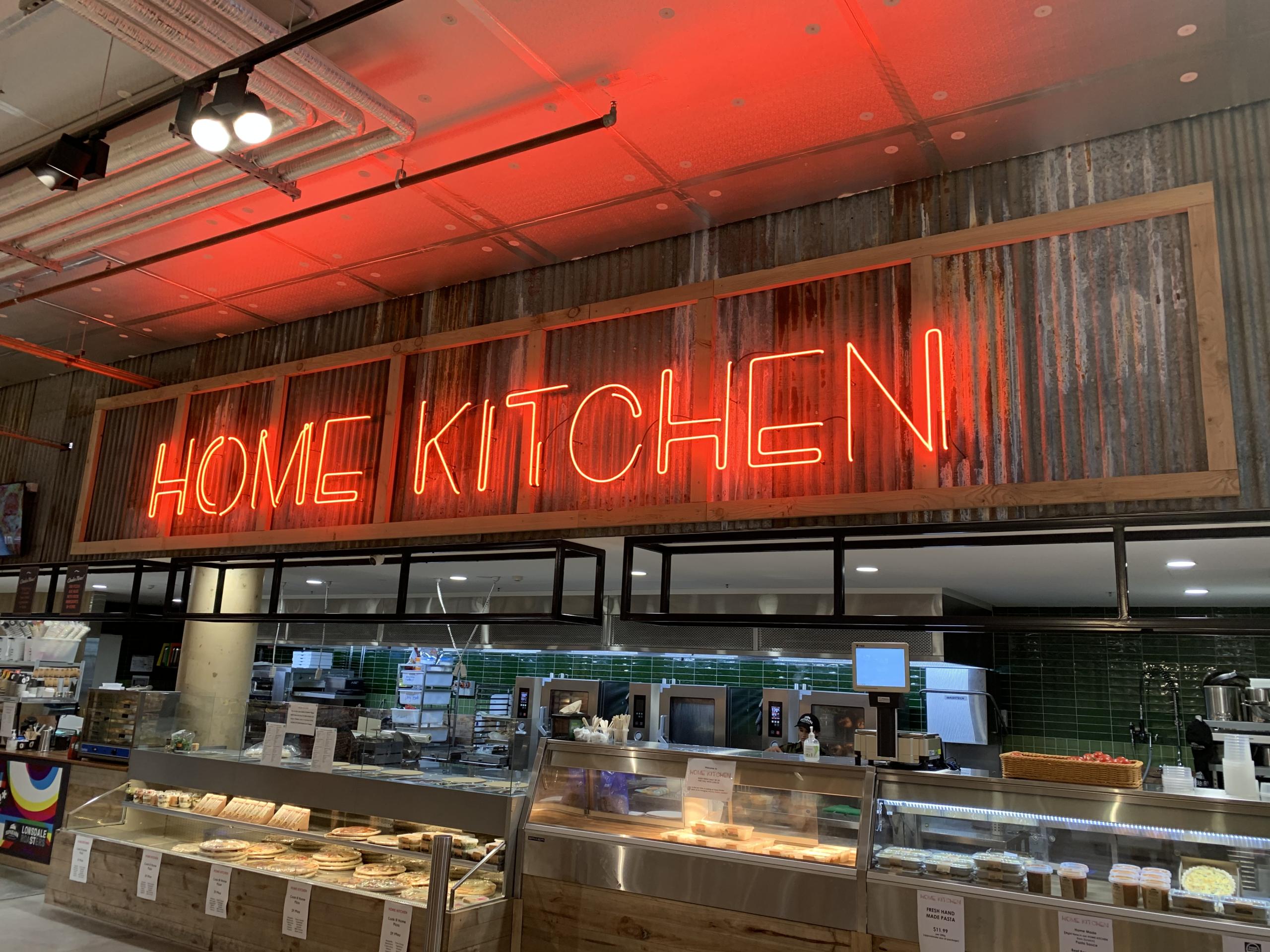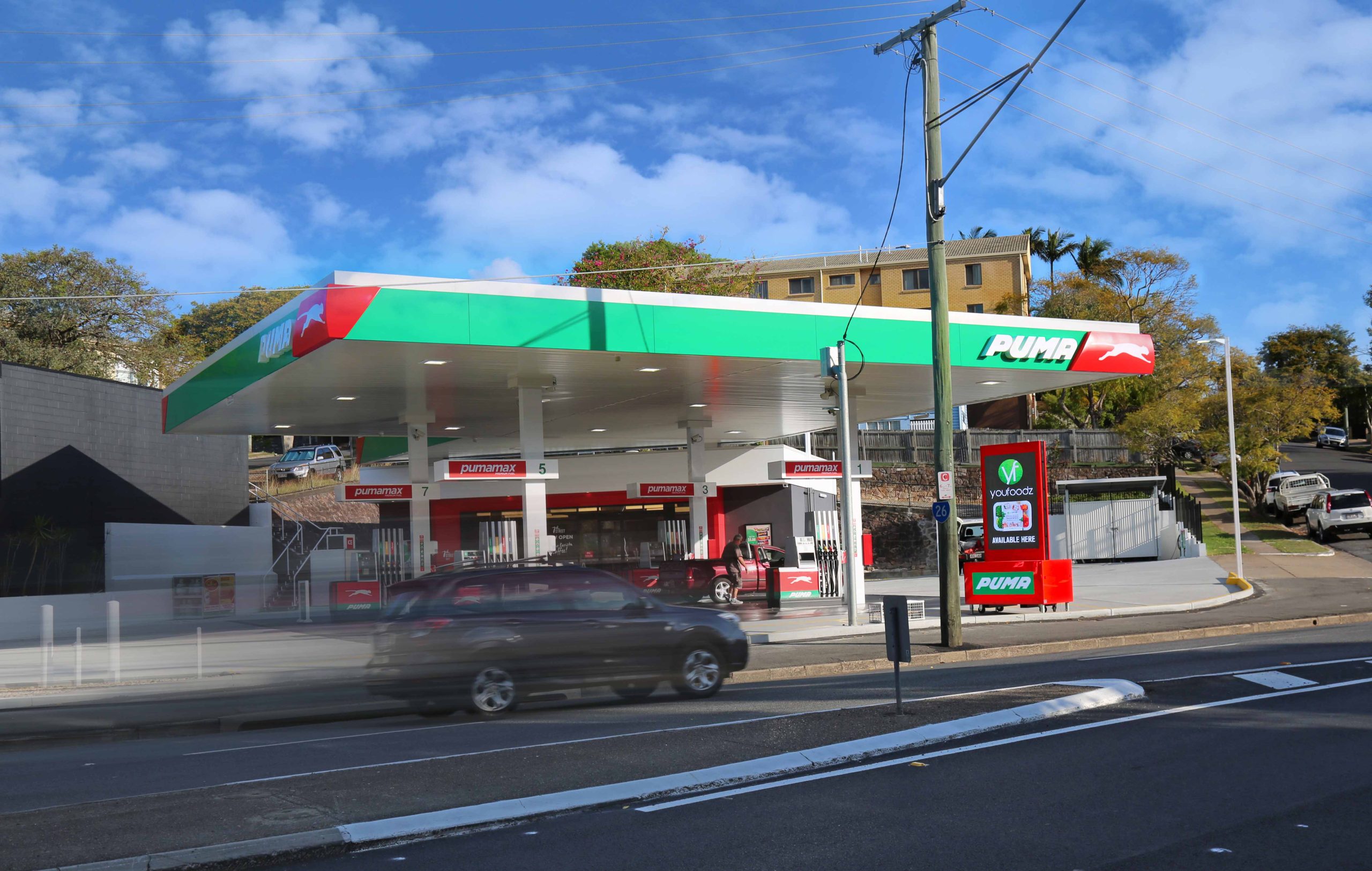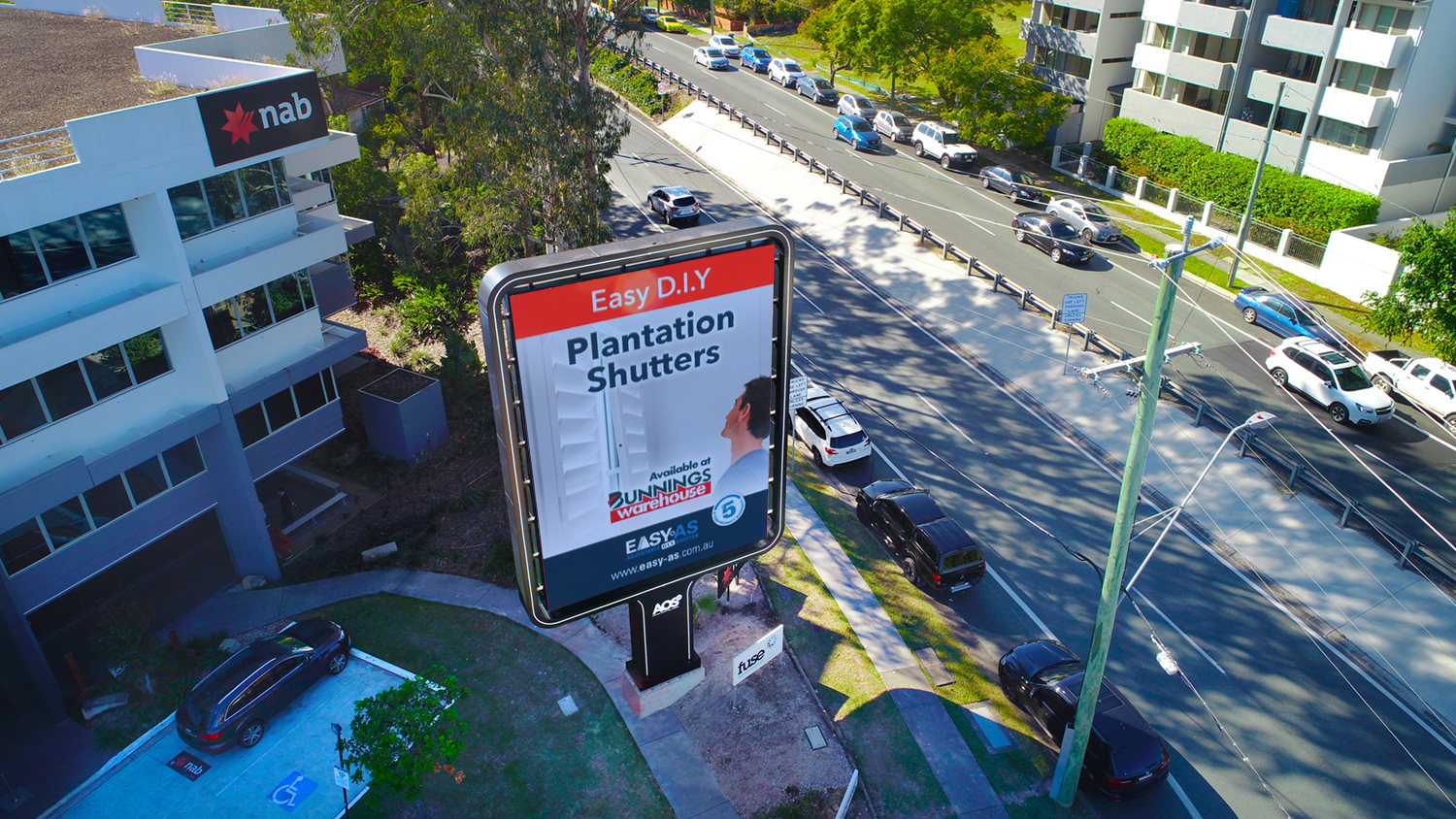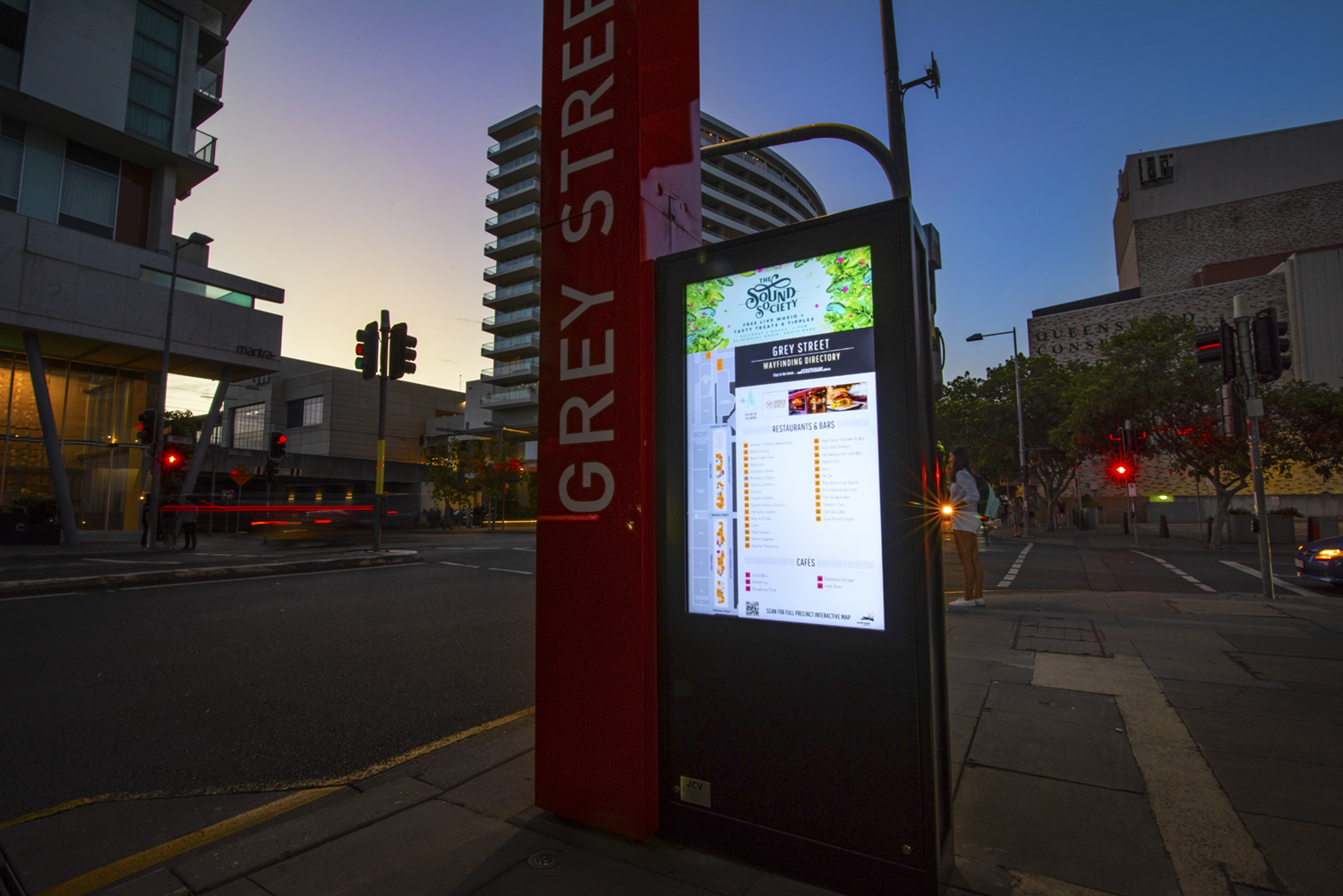Signage is a vital necessity for any modern business – when used correctly, it becomes an exceptionally effective advertising medium, conveying your brand’s essence to consumers. Research indicates that nearly 76% of consumers have been drawn into stores solely due to the prominence of a strong signage solution.
However, many Australian businesses are still not fully aware that, in many instances, a proactive approach to installing signs without the correct approvals may mean you are infringing on local regulations, potentially leading to fines and or forcible removal of your signage.
While the benefits stemming from business signage are well-documented, navigating the pathway to obtaining the legally correct advertising sign and associated permits can often be shrouded in confusion.
So if you are wondering how to get a signage permit, this article is for you. It will outline the fundamental steps for successfully securing a signage permit, aligning your signs with the prescribed local council and building regulations.
Legality of your Proposed Sign
First and foremost, it is important to ascertain the legality of your proposed business signage. While the intricate framework of signage laws may slightly vary from state to state, the foundational principles are generally uncomplicated and accessible to all.
It is highly recommended to refer to your local council’s website, which often will provide you with comprehensive insights into prohibited advertising devices within the designated residential zones and commercial areas.
Unsure of which local council you need to consult? Click your state below and search your address to find the correct council.
Land Zoning – the Sign Permit Loophole?
The next pivotal hurdle revolves around land use and zoning regulations. Should the prospective advertising sign find its home upon land that you personally own, typically (not always), the stringent requirement of permit approval can be mitigated.
Similarly, if your business operates within a leased property, you may also avoid the need for council permits – provided that your lease agreement explicitly sanctions the installation of advertising signs for the duration of your occupancy.
If you are unsure about whether or not your proposed signage on private land needs a permit, always consult with a council planning officer or the council by-laws before proceeding.
However, if the intended business signage occupies a location not bound by ownership or lease, procuring the consent of the landowner is paramount. In scenarios where the land is unallocated or state-owned, securing a permit from the local council is necessary.
In cases where a permit is required, you will be asked to create a location plan for the council demonstrating property boundaries, building footprints, existing signage, and most importantly, your proposed advertising devices.
Whilst this process sounds relatively straightforward, it is important to remember that in order to get approval, your proposed sign must meet the council’s eligibility requirements. These can differ from state-to-state, but the majority of councils will agree that advertisements signs must:
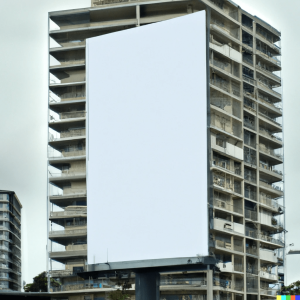
Be appropriately sized
Achieve a harmonious blend by ensuring your signage is proportionate and well-integrated with its surroundings. Local council guidelines often stress visual harmony within the environment and for the best chance of approval, make sure you ensure that your signs do not boast an unreasonably dominant presence.
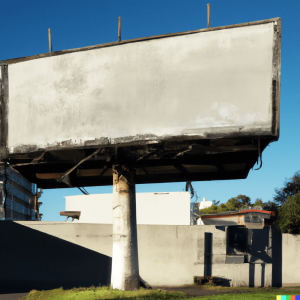
Be structurally sound
Ensure your sign is built to last and poses no threat to public safety. It must stand strong against environmental factors, meeting local building regulations.
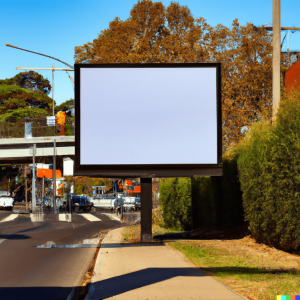
Not impede or distract vehicular or pedestrian traffic
Position your sign thoughtfully to avoid obstructing or distracting pedestrians or vehicles, contributing to a smooth flow of traffic.
While specifics can differ from region to region, adhering to these standards is key to gaining approval for your business signage. Assuming that your advertising device meets the relevant regulatory criteria, you will then be required to purchase a permit in order to begin installation.
Navigating the Application Process with Ease
To simplify your journey, enlist the expertise of CV Media & Signage. Our seasoned team specialises in all things signage related (including managing the council application process on your behalf). We have completed thousands of applications before and with in-depth knowledge of regulations across the country, we ensure a seamless planning and development experience. By choosing us, you’ll enjoy:
- Professionally prepared applications
- Comprehensive compilation of necessary documents, including plans and images
- Efficient application submission and adept communication with the local council
- Skillful negotiation with planning officers
For those interested, add your details in the form below and a CV representative will get back to you, with a no-obligation quote.
Oops! We could not locate your form.
Remember: Council Guidelines Vary
Keep in mind that different local councils may have varying eligibility requirements for business signage. While this guide offers a comprehensive overview of obtaining a planning permit for your advertising sign, personalised insights can be gained through direct communication with a dedicated CV representative.
By embracing captivating business signage, you enhance your brand’s allure and capture the attention of your target audience – get in touch today!
